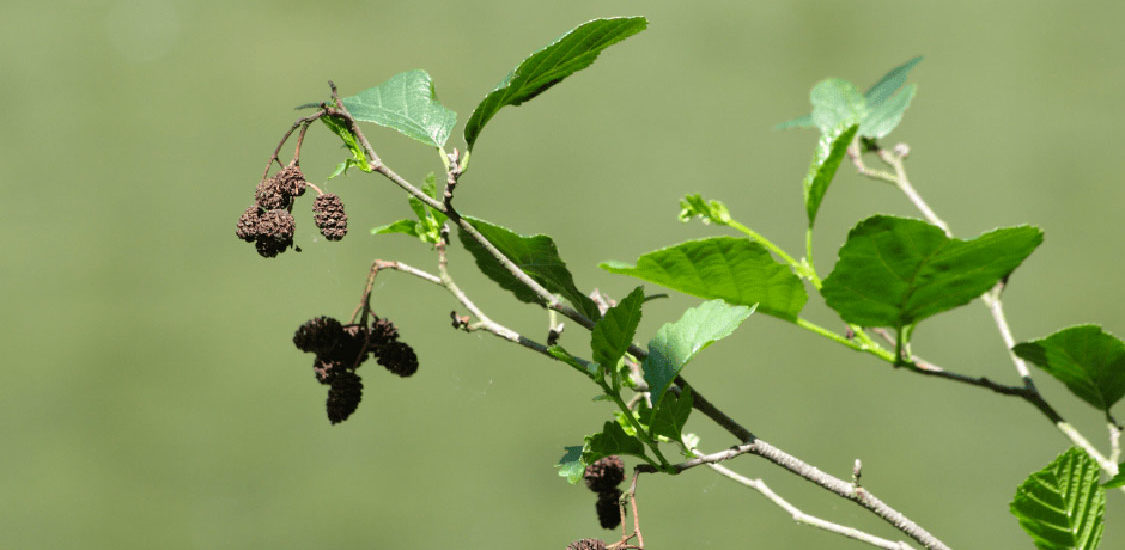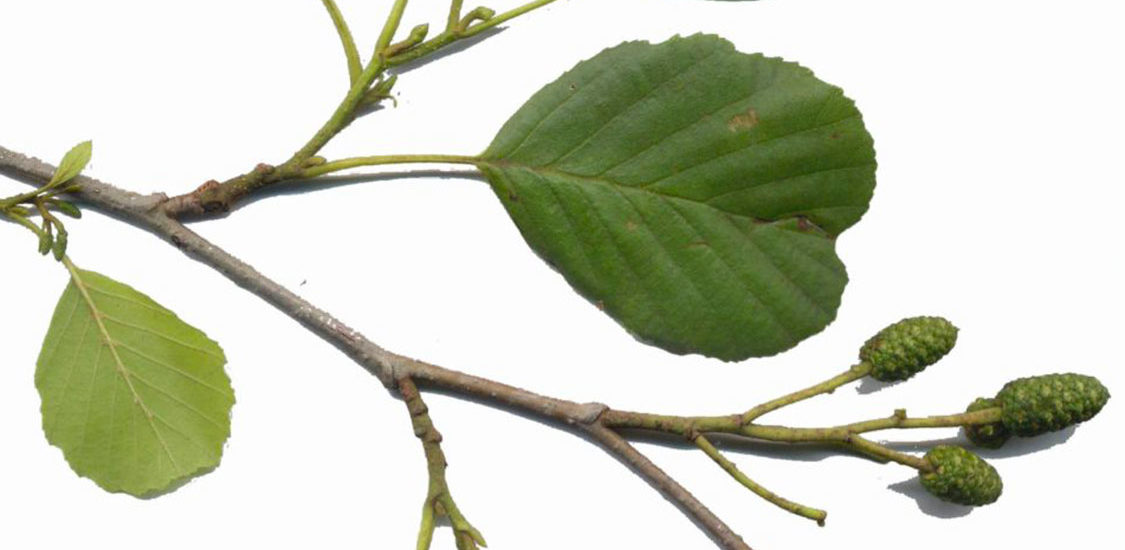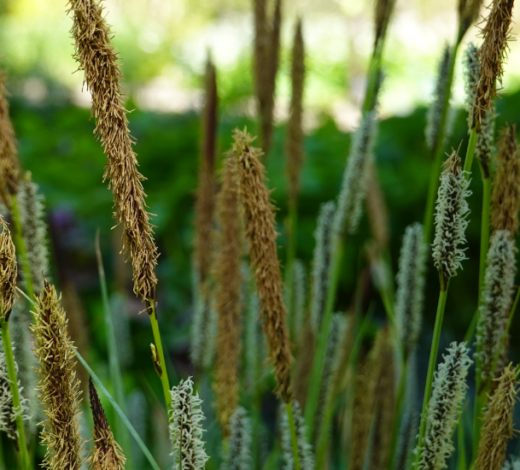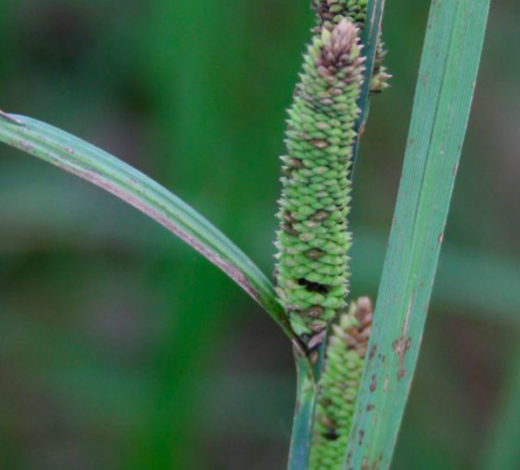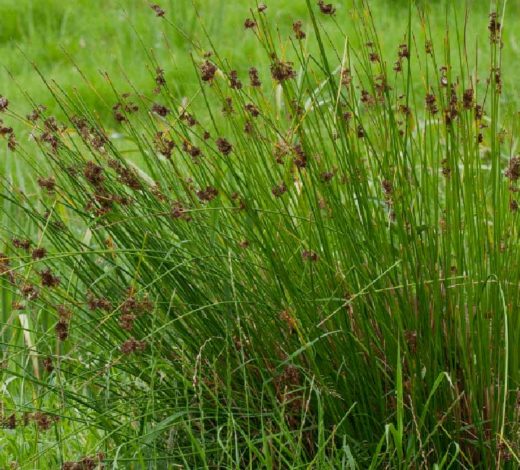Black Alder
(Alnus glutinosa)
This tree can reach 25 m, but has an average height of 8–10 m. It normally has a straight, slender trunk, and dense, generally pointy foliage.
Family
Betulaceae
Description
This tree can reach 25 m, but has an average height of 8–10 m. It normally has a straight, slender trunk, and dense, generally pointy foliage. The primary ascending branches fold downwards at a certain point. Young branches have a smooth greenish-brown bark with numerous lenticels that are slightly slimy due to resinous glands. The bark is smooth, greyish-green, with many lenticels when young and grey and cracked when older, separating into large, irregular flakes. Due to symbiosis with special bacteria, the strong, extensive root system is capable of creating nitrogen like legumes. Simple, alternate leaves with petioles of 1–2 cm. They are ovate-elliptical, cuneate at the tip, doubly dentate at the edge, smooth, sticky when young, dark green and shiny on top and lighter below. They remain green into autumn before they fall. Male flowers — hanging cylindrical catkins 6–12 cm long — appear before foliation and have a brownish-purple colour with yellow anthers and 4 stamens. The oval-oblong female catkins are present on the same plant but for a shorter time; they are reddish-brown and are clearly petiolate. Both the male and female flowers form in groups of 3–5. The fruit forms in groups of ovoid cone-like peduncles which are first green and then become a dark grey. The seeds consist of small compressed achenes with narrow wings. It flowers between February and April.
Habitat
It inhabits river forests and periodically flooded or even marshy areas where it forms stands that are pure or mixed with willow and poplar. It is indifferent to the soil substrate, although it prefers siliceous terrain, growing even in clay-rich or compact soil with deep water retention.
Uses
The root system is very expansive, which is why the tree is used to reinforce the terrain. When the wood comes into contact with water, it becomes hard and resistant, while it quickly degrades in the air. The wood is therefore primarily used in the production of poles and materials that must withstand water. It is said that Vitruvius considered pilings made of this species of wood to last forever. The Dutch used it extensively in the construction of their dams, while the foundation of the Rialto Bridge in Venice is made of alder posts.
Etymology
The Latin Alnus seems to derive from Celtic ‘al lan’ (near the shore), because the tree favours damp places. The species name refers to the leaves and small young branches, which are sticky.
Observation
It can be found in the Reserve in marshy forests.
